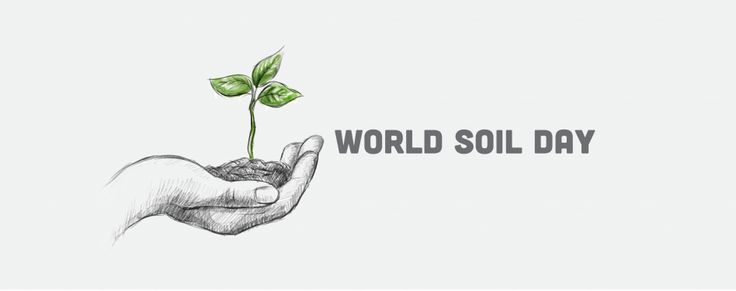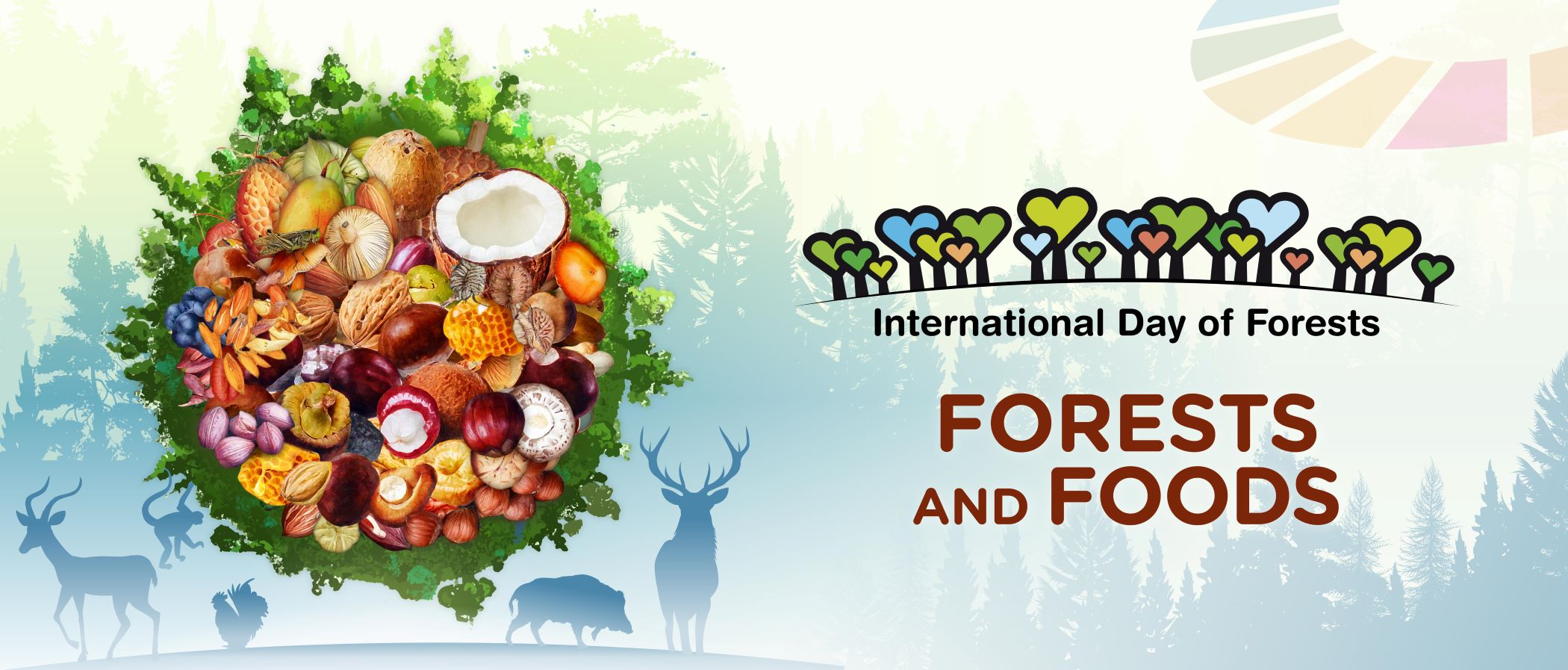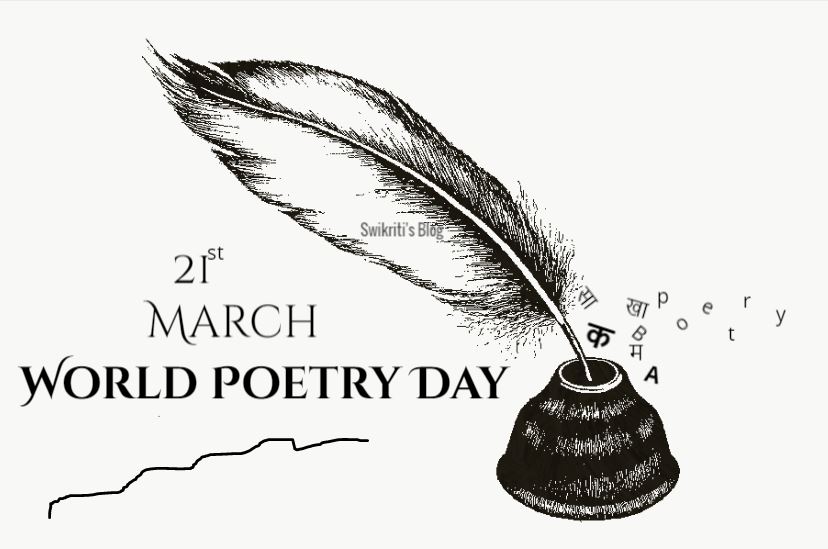“To Forget how to
Tend the Soils is to
Forget Ourselves,” Mahatma Gandhi
Soil provides essential environmental resources for life and provides a home to billions of species, which contributes to biodiversity and contains much of the antibiotics used to tackle diseases. People use soil as a solid waste disposal plant, a drainage collector, and a base for our towns and cities. Finally, soil is the foundation of our nation’s crop, food, and fuel agroecosystems.
World Soil Day (WSD) 2024 Theme
5 December, World Soil Day (WSD), is a UN Observance Day celebrating fertile soils for a food-safe future.
This year the theme of World Soil Day 2024 is Caring for soils: Measure, monitor, manage
The theme emphasizes the value of precise soil data and information for understanding soil properties, ensuring global food security, and making well-informed decisions on sustainable soil management.
Maintaining biodiversity, lowering pollution and erosion, enhancing water filtration, and creating sustainable food systems all depend on healthy soil. Sustainable soil management techniques, such as cover cropping, crop rotation, adding organic matter, and minimum tillage, can increase soil health.
Similar to humans, healthy soil requires a balanced and diversified supply of nutrients in the right amounts. If soils are not maintained sustainably, fertility is gradually lost, and soils will yield nutrient-deficient plants. Agricultural systems lose nutrients with every harvest.
One of the most concerning aspects of soil deterioration is the loss of valuable nutrients. It is acknowledged as one of the most important global issues for sustainability and food security anywhere in the world.
The amount of vitamins and nutrients in food has severely reduced over the past 70 years, and it is believed that 2 billion people worldwide suffer from micronutrient malnutrition, sometimes known as hidden hunger due to its covert nature.
The primary driving forces of nutrient cycling are soil species, controlling soil organic matter dynamics, carbon dioxide sequestration and emission of greenhouse gaseous materials, changing the physical structure of soil and water systems, enhancing nutrient acquisition by vegetation and improving plant health.
Some Key facts about Soil
- Soil is a living resource that comprises more than a quarter (25%) of the biodiversity of our world.
- Up to 90% of living organisms live or spend part of their life in soils, but only 1% of this hidden universe are known.
- Soil organisms allow soils to store carbon and minimize emissions of GHGs.
- One hectare of soil contains the equal weight of two bacterial cows.
- Every 24 hours an earthworm can ingest its own weight in the soil. Every year 50% of the planet’s soil passes through the gut of earthworms.
- Biodiversity of soils is an integral part of soil conservation. Healthy soils make food better and more nutritious. 95% of our food comes from soils.
Swikriti Dandotia














